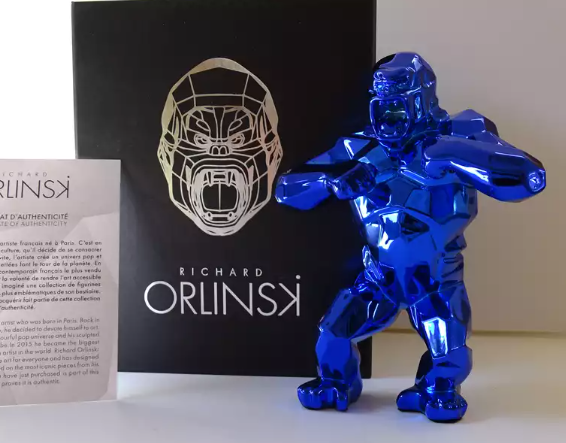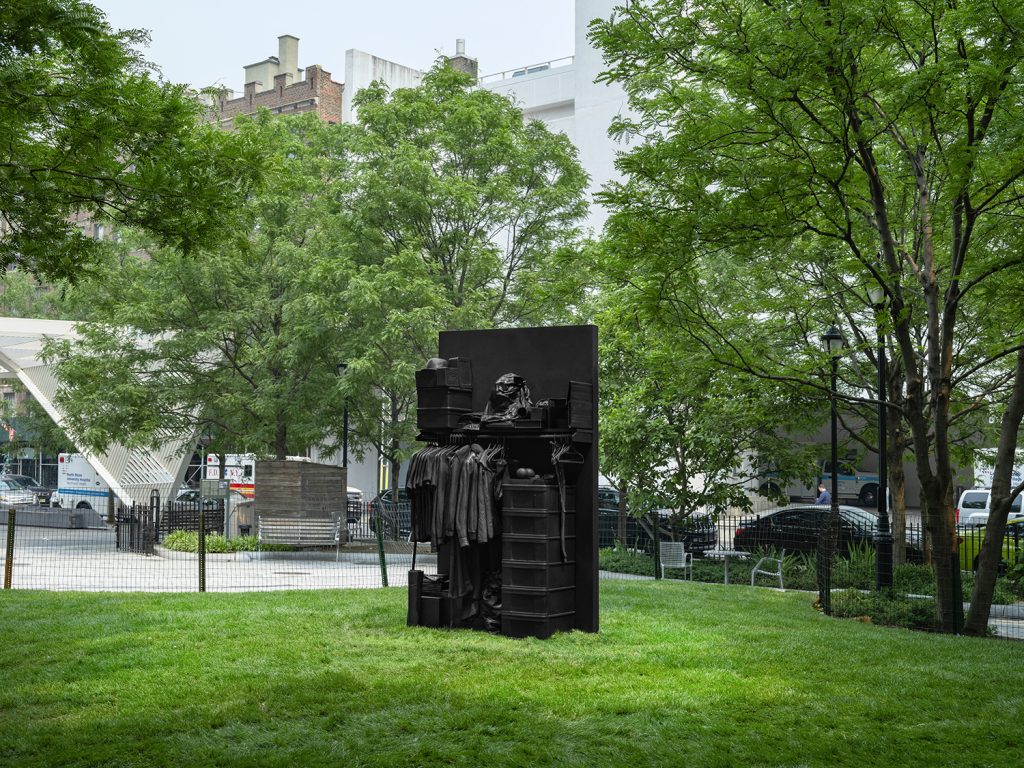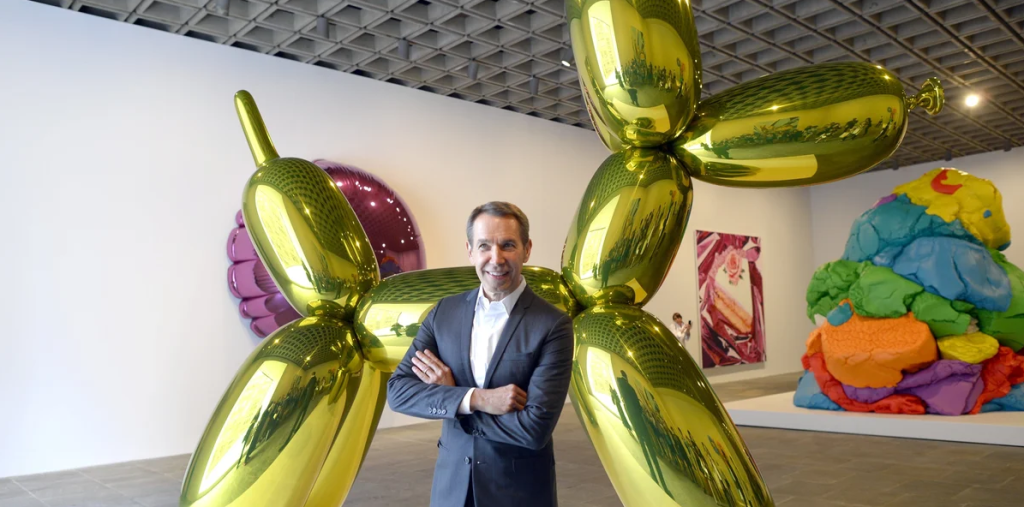The Art of Wild Kong Sculpture combines creativity and nature in a unique expression of artistic vision. This intricate form of sculpture not only highlights the journey of the artist but also serves as a bridge between cultural storytelling and environmental awareness. By exploring the techniques and inspirations behind these masterpieces, we can appreciate their significance in contemporary art and conservation efforts.
Origin and Cultural Significance
Wild Kong Sculpture draws its roots from various cultural traditions that emphasize the importance of nature and wildlife. Artists often use their medium to reflect local myths, traditions, or ecological concerns, creating pieces that resonate on multiple levels. This cultural lens allows for a richer appreciation of the artwork, as each sculpture can be seen as a narrative that connects humanity to the natural world.
Techniques and Materials
Artists employ a variety of techniques and materials in Wild Kong Sculpture, often incorporating organic elements such as wood, stone, or recycled materials. This choice not only enhances the visual texture of the artworks but also conveys a message about sustainability and environmental responsibility. The intricate carving, shaping, and finishing processes transform raw materials into stunning representations of wildlife, making each piece a unique creation filled with character and emotion.
Impact on Conservation and Awareness
Beyond their aesthetic value, Wild Kong Sculptures play a pivotal role in raising awareness about wildlife conservation. Many artists use their platforms to highlight endangered species or environmental issues, prompting viewers to reflect on their relationship with nature. Through exhibitions and community engagements, these sculptures spark conversations about biodiversity and inspire action towards preserving our planet’s precious ecosystems.
Exploring the Art of Wild Kong Sculpture offers an opportunity to connect with both artistic innovation and urgent environmental messages. Visit local galleries, participate in workshops, or follow artists online to deepen your understanding and appreciation of this impactful art form. Embrace the beauty of nature through these sculptures and contribute to a greater conversation about art and conservation.


